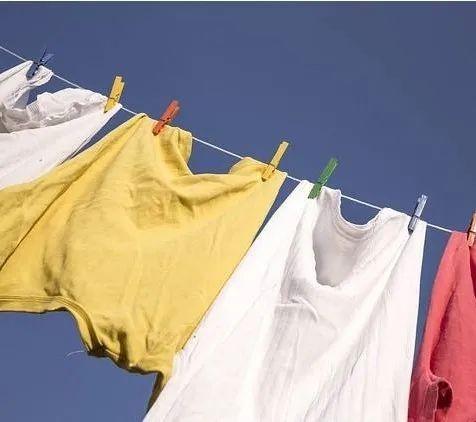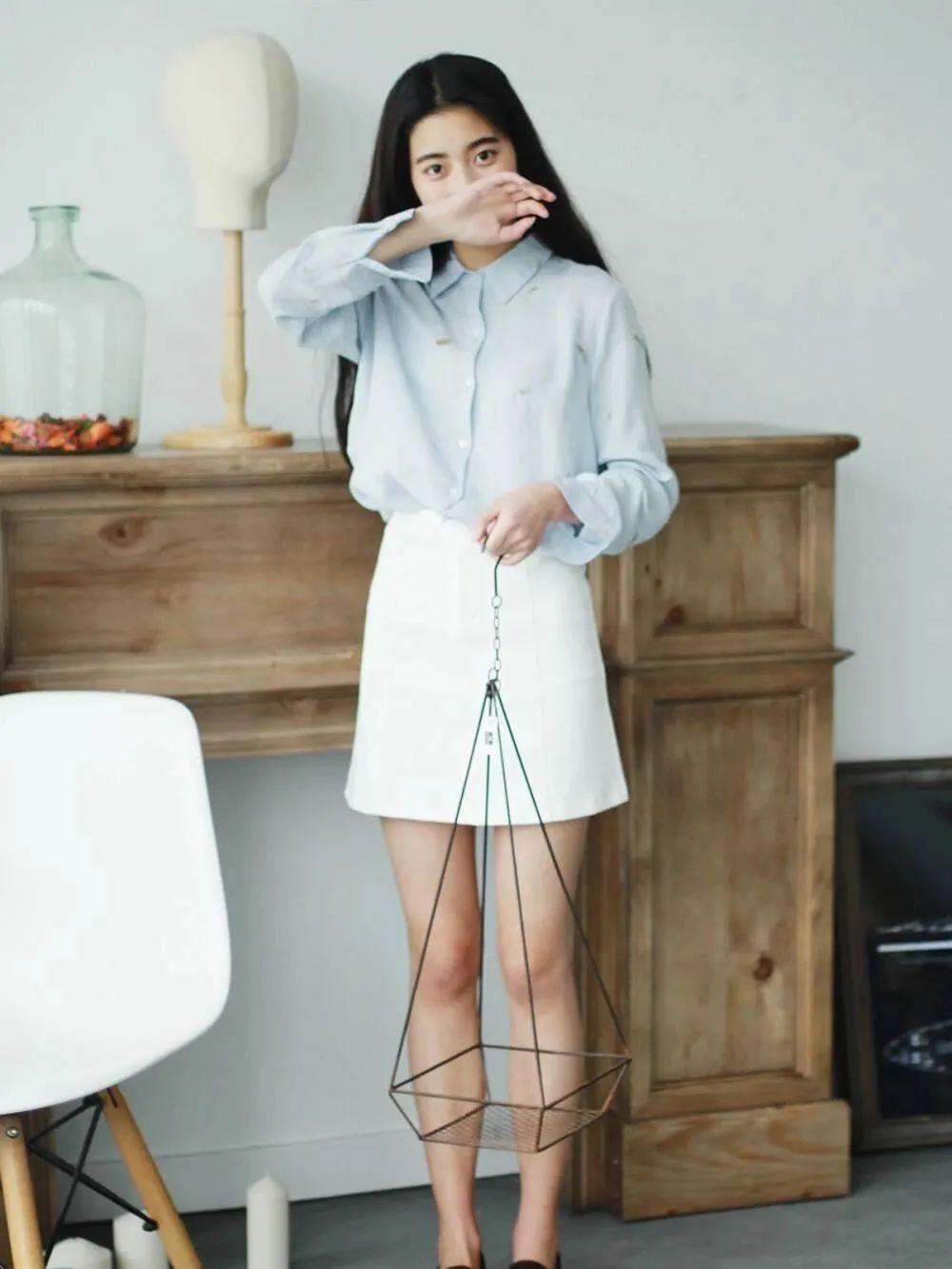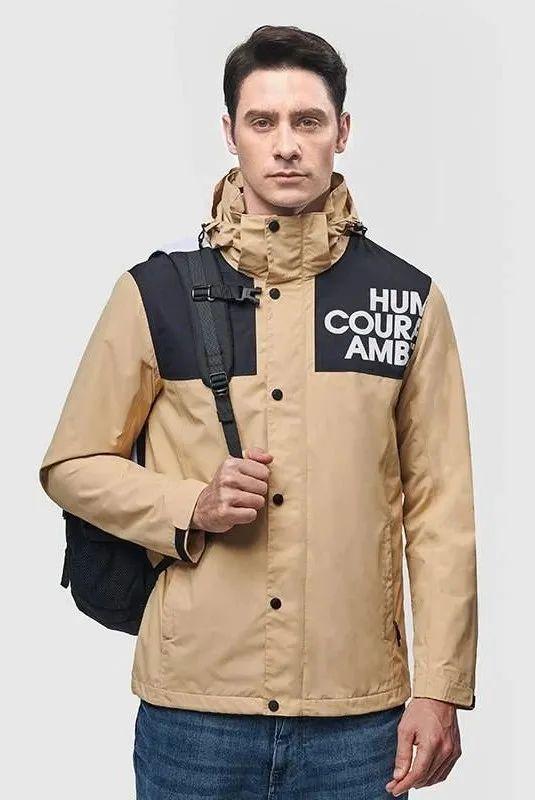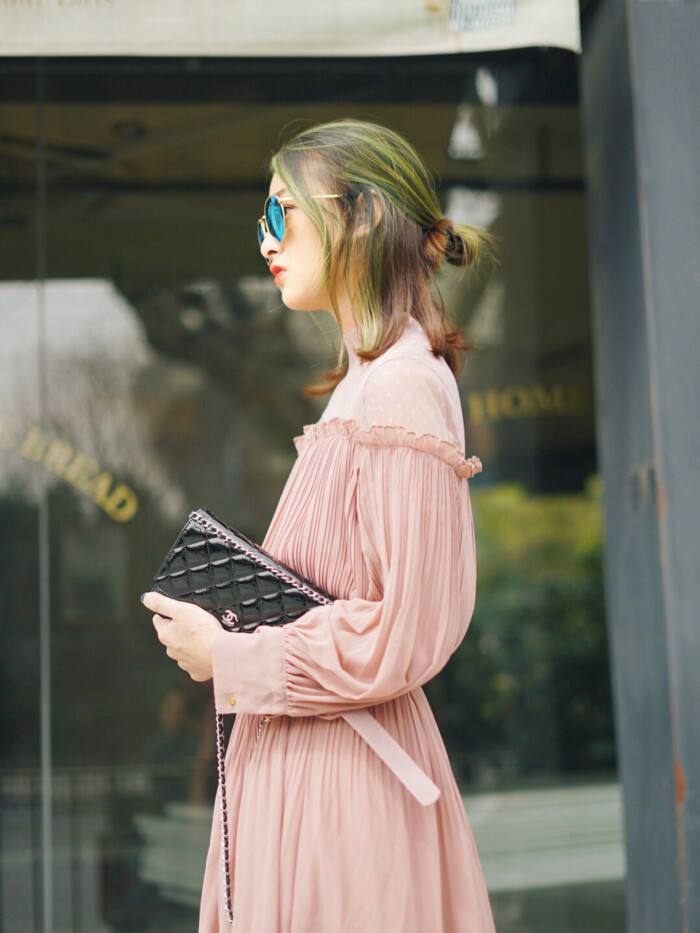When we buy clothes, in addition to looking at the design, the fabric is the most important thing.
And as long as you are making clothing, you have to come into contact with fabrics. If a customer asks you about the fabric and workmanship of your clothes and needs you to introduce some of the selling points of the clothes, can you explain them clearly?
I believe that many times everyone will be at a loss for words and don’t know which words to use to look more professional. So today I will tell you about common fabrics and their care.
01 Cotton
Made from cotton, it has good moisture absorption and heat resistance. And it’s very comfortable to wear.


Cotton fabric feels soft, has good dyeability, moisture absorption and breathability, heat and alkali resistance, and comfort Environmental protection and other advantages.
The biggest disadvantage is that it is easy to deform, because cotton has poor wrinkle resistance and dimensional stability, and has a certain shrinkage rate.

Maintenance:
Hand wash at low temperature, do not scrub hard, it is easy to deform, and the soaking time should not be too long. Suitable for drying in the shade, backwashing and drying, and do not wring out vigorously. Pay attention to moisture and mildew when storing.
02 Hemp
Hemp fabric is a kind of plant fiber and is mostly used in summer clothing. However, in recent years, the simple style of autumn and winter has emerged, and hemp fabric The use of fabrics is becoming more and more widespread.



Hemp fabric has good thermal conductivity. Cooler to wear than cotton. Moreover, linen fabric has excellent moisture absorption and breathability, high temperature resistance and dimensional stability than cotton fabric.
However, linen fabric has poor elasticity, wrinkles easily, and has a rough style.

Maintenance:
Line fabrics are similar to cotton fabrics and both need to be hand washed at low temperature , and cannot be rubbed hard, as it is easy to deform. It is also suitable for shade drying, backwashing and back-drying. Pay attention to moisture and mildew when storing.
03 Polyester fiber
Polyester fiber, also called polyester, is made of polyester and is known as sunshine fabric.



The biggest advantage of polyester fiber is Anti-UV, it can resist up to 95% of UV rays, has good sunshade and light transmittance, and is very elastic. The fabric is wrinkle-resistant and wear-resistant, easy to wash and quick-drying, and not easy to fade.
However, polyester fiber fabrics have poor moisture absorption and breathability, making them uncomfortable to wear and prone to static electricity.

Maintenance:
Can be washed with washing powder and soap, hand washed, machine washed, dry cleaned, or even washed with a soft brush Yes, but it cannot be exposed to the sun. Just dry it in a cool and ventilated place.
04 Nylon
Nylon fabric is also called polyamide fiber, and its most common name is nylon. This fabric is often used in winter clothing and mountaineering clothing because of its high wear resistance.



Nylon has great strength and elasticity It has the best abrasion resistance among fibers, and what’s more valuable is that it feels soft and won’t fade easily when washed.
The disadvantages of nylon are that it has poor flexibility and heat resistance, is not light-resistant, is prone to fading in the long run, has poor ventilation and air permeability, and is prone to static electricity.

Maintenance:
Low temperature, the water temperature should not exceed 35°, and it is not suitable for dry cleaning. When cleaning, twist and rub gently. Avoid exposure to the sun and drying. It is best to ventilate and dry after cleaning.
05 Spandex
If you like to wear stretchy pants, you may have noticed spandex. Spandex is also known as polyurethane elastic fiber.�Also called Lycra, it is a very stretchy fabric.


Spandex is a fabric that is added to many pants items because it has good elasticity. Can be stretched to 4-8 times its original size. And it’s light and wear-resistant.
Its biggest disadvantage is that it has poor hygroscopicity.

Maintenance:
Wash at low temperature, the water temperature should not be higher than 30°, otherwise it will be easily deformed. Do not rub it hard. It is best to lay it flat to dry and avoid exposure to the sun.
06 Acrylic fiber
Acrylic fiber is also called polyacrylonitrile fiber, also known as synthetic wool or imitation wool.



Acrylic fabric has the warmth of wool It is also relatively resistant to pilling, has good breathability, has a bulkiness similar to natural wool, and has relatively high color fastness.
However, it has poor hygroscopicity, poor wear resistance and dimensional stability, and is prone to static electricity.
Maintenance:
Wash at low temperature, the best water temperature is below 30°. If the water temperature is too high, it will easily deform. Avoid rubbing hard when washing. Because static electricity is easily generated, avoid rubbing it hard when wearing it.
07 Viscose fiber
Viscose fiber fabric, also called viscose fiber, is also called Tencel because it has the essence of cotton , and has the quality of silk.

The fabric feels soft and comfortable, but has a silky luster and is cooler to wear. It also has good hygroscopicity, is not prone to static electricity, and is not prone to pilling or fluffing.
But it will harden when it comes into contact with water, so when washing, you should rub it gently and soak it as you go.
Maintenance:
Wash at low temperature, the water temperature should not exceed 30°, avoid wringing and exposing to the sun, hang to dry in a ventilated place.
08 Modal
Modal is a green and environmentally friendly fiber. And it feels soft and comfortable.


Modal has the softness of cotton, the luster of silk and the silkiness of linen. It also has good breathability, relatively low shrinkage, good drape, and is durable.
Maintenance:
Hand washing, machine washing and dry cleaning are all acceptable, because the texture is soft and will not deform. But do not use bleach and it is suitable for drying in the shade.

09 Wool
Wool fabric has a plump feel and good elasticity. It is mostly used in warm and fashionable coats in autumn and winter.

Wool fabric is fluffy and warm, soft to the touch, has good drape and elasticity, and has high color fastness and anti-static.
However, woolen fabrics are prone to pilling and will shrink when the water temperature is too high during washing.
Maintenance:
Dry cleaning is recommended. If you want to wash with water: use silk wool detergent, first soak in cold water for no more than 15 minutes, then use Squeeze washing. Wash gently, avoid twisting, and avoid scrubbing with a washboard or brush. Dry in the shade and avoid exposure to the sun.

10 Chiffon
Chiffon is a very light and thin chemical fiber fabric, most commonly used in summer clothing.


The texture of chiffon is light and thin, feels smooth, has good breathability, and is easy to clean. Cool and comfortable to wear, not easy to pill.
The only shortcoming is that the surface of the chiffon will be a little frizzy.
Maintenance:
Wash at low temperature, preferably dark and light colors separately, and soak for no more than 30 minutes
Fabric is the foundation for making clothes, and understanding fabrics is the foundation for making clothes. What kind of fabric has what characteristics? If you don’t understand clearly, how can you make customers trust you and place an order?






